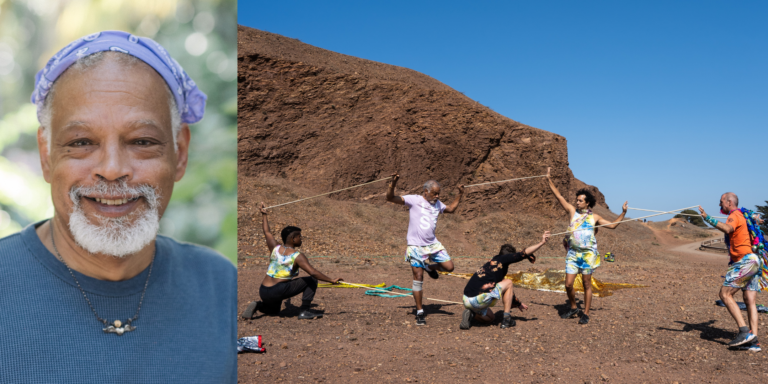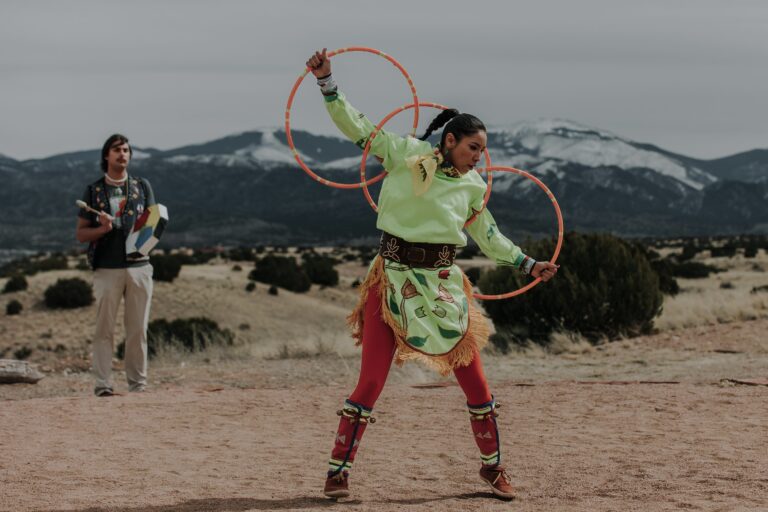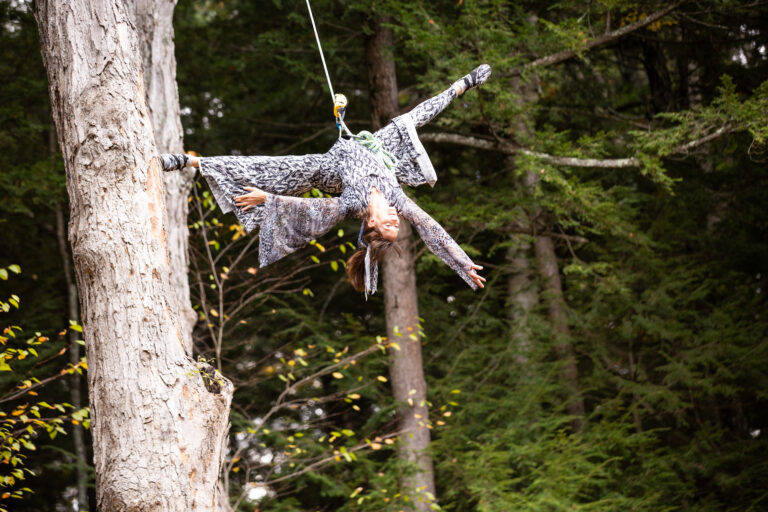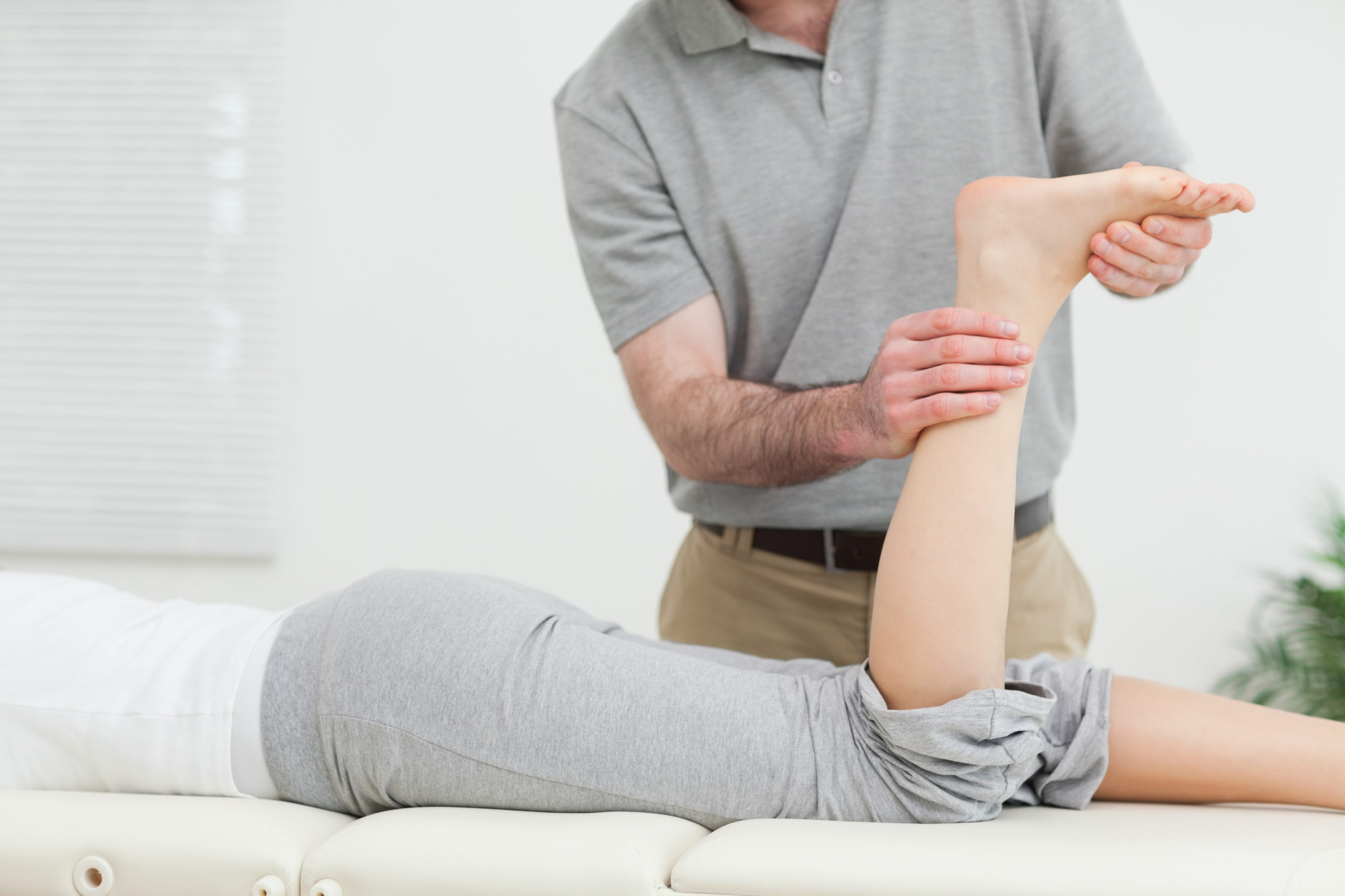
Pliés shouldn’t be excruciating. As a ballet conservatory pre-professional student, Taylor Gordon knew this, but when the back of her left heel began aching during pliés and jumps in 2007, she didn’t think it was a big deal. She was dancing more than 20 hours a week and couldn’t imagine pain bad enough to keep her from it. “I never understood why people I’d seen who were injured had to sit down and watch class,” she says, remembering her determination. “Why can’t you just push through it?”
Like many dancers, that’s exactly what she did. Three years of Achilles tendonitis eventually led to surgery, due in part to her unwillingness to rest long enough to recuperate.
Achilles tendonitis is common among dancers. Caused by repetitive use, the tendon becomes inflamed. It nags before demanding attention, but leaving it untreated can lead to months of physical therapy or even surgery. Incorrect alignment and muscular weakness exacerbate the condition, but tendonitis can hobble even the most technically meticulous dancer who simply demands more than her body can give. Learning to recognize the symptoms and act quickly to treat them, plus building a self-care routine, can keep a dancer from being sidelined too long or facing a career-ending rupture.
Risk Factors
Pre-professional dancers are especially vulnerable to Achilles tendonitis when they increase their training, like starting a summer intensive, says Suzanne Martin, a doctor of physical therapy who works with Smuin Ballet and treats dancers at her private practice near San Francisco. “Suddenly they’re doing full-day workouts, classes and rehearsals every day. They don’t understand the amount of extra conditioning that’s required for professional work.”
According to Martin, the other group of tendonitis sufferers is those who develop the injury from overuse. This is more common among professionals, especially those in small companies who perform several roles in each show.
How It Starts
The Achilles tendon connects the calf muscles to the heel bone. It absorbs a lot of force when landing from jumps, and it stretches and contracts as a dancer moves from plié to relevé or flexes and points the foot. Excessive pronation (like rolling in over the arches), weakness in the lower legs and failing to get up to full relevé can cause extra strain on the Achilles, too.
Dancers will feel Achilles tendonitis differently, depending on the cause and their anatomy. Like Gordon’s, it may be pain at the base of the heel, where the tendon connects to the bone, or it could be further up the back of the ankle, where the tendon joins the calf muscles. If a dancer feels tightness or a pull in the Achilles area while she’s cold that then eases as she warms up, that could be an early sign of tendonitis.
Gordon’s heel felt worse as she continued dancing, but when she graduated the following year, she was terrified of delaying her career. She remembers thinking, “I’m just getting started. I can’t stop now.” So she didn’t. She danced in the Radio City Christmas Spectacular and other freelance gigs. “I was icing as much as I could, and using Icy Hot and Advil just to get through class and rehearsals,” she says.
A Treatment Regimen
When treating tendonitis, the goal is to reduce inflammation. The rest, ice, compression, elevation (RICE) method and anti-inflammatory medicines or ointments can help. Martin favors contrast baths: immersing the affected area in warm water with Epsom salt for 10 minutes and then cold water with no more than four ice cubes for 10 minutes. Repeat the cycle once, for a total soak time of 40 minutes. This flushes out inflammatory fluids. Plus, she recommends dancers regularly roll out their feet on tennis balls and use foam rollers to massage their legs to release tightness in the muscles and the fibrous fascia that encases them. If discomfort persists for five days, or if squeezing the relaxed tendon is painful, it’s time to see a doctor.
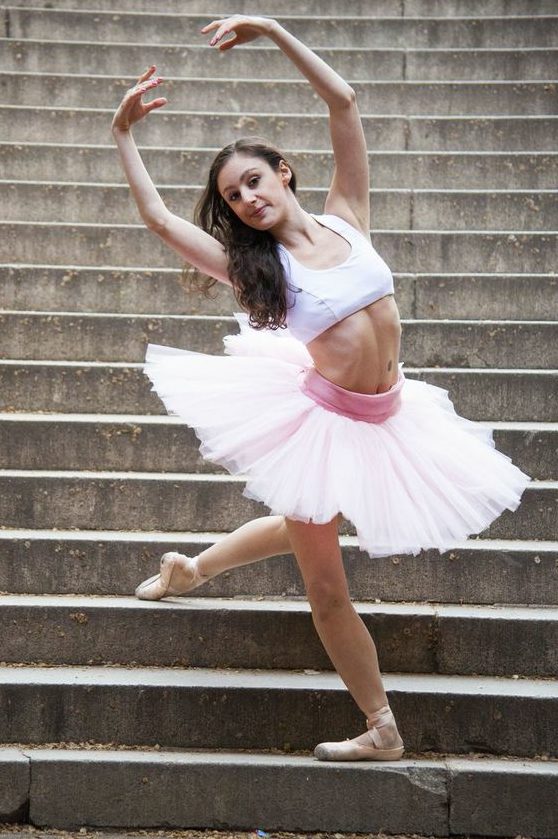
Traditional stretches should be part of a dancer’s routine before tendonitis sets in. Once a tendon gets irritated, stretching will make it worse. “The way you rest a tendon is you don’t pull on it,” Martin says, which is why a sturdy shoe with a thick one- or two-inch heel can relieve Achilles tendonitis outside the studio. Constantly wearing heels is not good, though, because it shortens the Achilles over time.
Worst Case Scenario
By the time Gordon saw a doctor in 2009, her Achilles tendonitis had developed additional bursitis, which is when the bursa, a small sac of fluid that cushions where the tendon joins the bone, also becomes severely inflamed. She did a year of physical therapy, with treatment focused on relief: deep calf massages and electrical muscle stimulation for the pain.
An MRI revealed a small tear in her Achilles, as well as a pointy protrusion on the back of her heel known as Haglund’s deformity, which causes the Achilles to rub against the heel bone. It had been contributing to her condition, which was now extremely serious.
Gordon decided to have surgery. Doctors shaved down the pointy end of her heel bone and removed the inflamed bursa. She then returned to intensive physical therapy to strengthen her calf muscles and align her ankles. Within three months, she was taking classes and working to retrain her turnout, which she had been forcing all her life, a habit that caused her feet to pronate and irritated her Achilles.
Don’t Count on Luck
Martin points out that a structural abnormality is far from the only cause of tendonitis, but it’s another reason to see a doctor quickly. In a way, Gordon was lucky that her anatomy had been contributing to her tendonitis—it could be corrected with surgery.
Gordon, now a freelance dancer in New York City, says her left ankle is still not as strong as her right. She has to be careful when preparing for pointe work. She takes herself through barre exercises on flat before putting on pointe shoes, and if she needs to wait during an audition, she constantly rotates her ankles to keep them limber and warm. She also has developed more overall strength and anatomical knowledge through Pilates. “I’m much more body-aware now and doing everything I possibly can to avoid being in that situation ever again,” she says.
Looking back, Gordon knows it was unwise to delay treatment, and Martin urges other young dancers to consider the long-term risks of that decision. “Try to see the forest for the trees,” she says. “If you want to have longevity in this field, you have to look at it as this long trajectory. If you want to do this one thing, but it’s going to take you out for the rest of your life, is it worth it?”
Gordon wouldn’t recommend her own strategy. See a doctor soon, she says. “Don’t let it last three years.”

